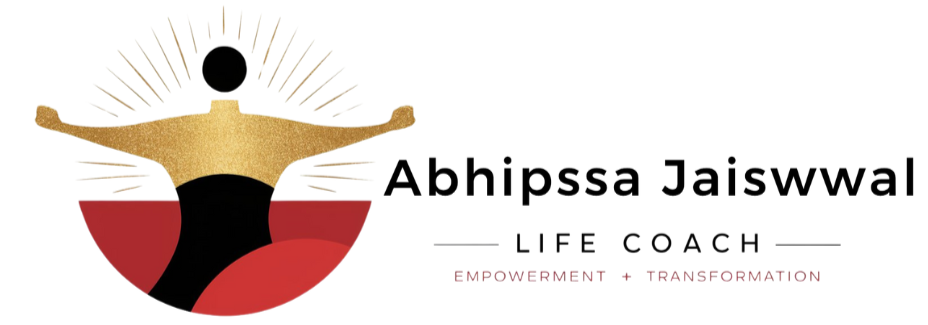Zoom Fatigue refers to the sensation experienced by individuals who have participated in an excess of virtual meetings.
When you observe that while some speakers struggled to engage virtual audiences, others thrived in the online realm more than they ever did on stage. How could this be? If Zoom Fatigue was universally experienced, why were different presenters achieving varied results?
Upon further looking, it was identified that common missteps among speakers who complained about audience fatigue—habits that didn’t serve participants well in the virtual context. To prevent you from falling into the same pitfalls and cultivating detrimental habits.
We’ve compiled a list of factors contributing to Zoom Fatigue along with tips to avoid them:
1. SITTING:
Examining a brain scan of an individual seated for an extended duration compared to someone standing reveals a noticeable distinction. In the case of the seated person, there is a marked reduction in brain activity. Conversely, the individual who has been standing displays a brain scan resembling a brightly lit Christmas tree, indicative of heightened brain activity.
To command your audience’s attention and radiate energy, give your presentation while standing. This not only projects confidence but also increases the likelihood of active engagement from your audience.
2. SHARING SCREEN ALL THE TIME:
To maintain audience engagement and mitigate Zoom Fatigue, it’s crucial to show your face during virtual presentations. Virtual meeting participants already crave human connection, so avoid exacerbating the issue by having them stare at monotonous slides. As a speaker, your duty is to establish a connection with the audience and convey information effectively. Face-to-face contact is one of the most powerful ways for humans to build connections, fostering trust and credibility. Concealing your face behind slides hinders this connection. The more visible you are—your facial expressions and energy—the more the audience feels a genuine human connection, a vital element in keeping them focused and reducing the risk of Zoom Fatigue.
3. MICROPHONE SELECTION:
Not only does poor audio quality make it exhausting and challenging for your audience to really listen to, it also subconsciously tells them that you didn’t care enough to properly check your quality levels, and therefore must not care very much about them. Okay, this sounds harsh, but bear with us. Times have changed. Today it is so easy and affordable to upgrade your audio system that when you clearly choose not to, it shows your audience that you aren’t invested in giving them a world-class experience.
Upgrading your audio doesn’t have to be extravagant, even a pair of earbuds with a built-in microphone is better than the built-in microphone on a computer. There are even a multitude of affordable USB microphones on the market that will enhance your delivery by giving you crystal clear audio with ease.
If you want to make sure your audience doesn’t succumb to Zoom Fatigue, invest in a good-quality microphone and take the time to learn how to use it. High-quality audio will work wonders to keep your audience from falling victim to Zoom Fatigue, and as an added bonus is sure to help you come across as much more professional during your presentations.





